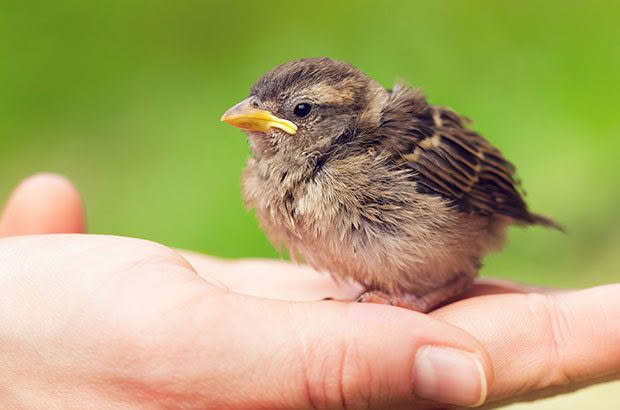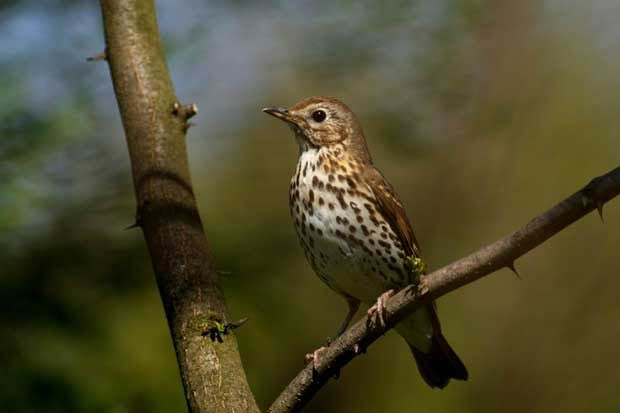What to do if you find an injured bird

Sometimes you may need to help an injured bird, and sometimes its best to leave it alone.
The best place to get help depends on where you live. This list is an excellent resource for finding someone to at least call and get advice from.
Most parts of the country have a local SPCA and they in turn will know how to get in touch with any local bird rescue volunteers (if there are any in your area). If the bird is native, the other option is to call your local DOC office and ask for advice.
Failing all that, ring your local vet as they may know of bird rescue volunteers or most will offer a pro bono service to put an injured bird out of its misery, or hold it until a rescue person can arrive.
WHAT YOU CAN DO
For most birds, cover them with a towel, then carefully place them in a box or cage and cover so its dark.
You need to be careful when helping an injured hawk. Even though it isn’t a big bird (they weigh around 650-850g), a hawk has a sharp and powerful beak, but far more injurious to people are its taloned feet which it uses to rip prey apart. When frightened, those powerful tools can be turned on you so you need to be careful.
However, it is easy to help so don’t be frightened. The best thing to do is use two light towels. Hold one end and toss the other end gently towards the bird – it should react by grabbing the towel with its feet. Use the second towel to cover it (completely, especially its head), then pick it up by placing your hands around it, securing both wings in a folded position and gently place it in a box or cage. Keep it secure and in the dark and get it help urgently as birds succumb to shock very easily and only a little blood loss can be fatal.

A thrush sitting in a tree. Photo: Dreamstime
How to know if a bird needs your help
• there is blood, an open wound or a recognisable break
• it cannot stand on its own
• one of its legs is hanging useless
• it cannot fly and it is not a nestling or fledgling being coached by nearby parents
• the beak is damaged
• it has oil on its feathers
• it is caught in a trap
• there is fishing line or string caught on the bird
• the bird has been caught by a cat (even if it seems fine)
• the bird is unconscious
• if it has any difficulty breathing
Sometimes a bird appears to need rescuing, but doesn’t. A case in point is during late spring and early summer when fledglings are out of the nest learning to fly. Some may end up bobbing around in your garden beds if they fall to ground level. Fledglings flit from branch to branch, tree to tree but can find it hard (or impossible) to get the lift required to leave the ground.
If you find one and you’re worried it may be caught by your dog or cat, pick it up and place it back in its nest. You can use a towel if you don’t want to touch it but your scent won’t put off its parents.
If you can’t find the nest, place it as high up as you can in a tree or (better yet) a hedge. Its parent’s will almost certainly find it and feed it (it will cry to attract them). If you listen carefully, you’ll usually hear an adult bird or two not too far away from a fledgling on the ground making noise. You might spot it too as some birds will come forward or move about in agitation, wanting to help their chick.
If you’re really keen, get a plastic or cardboard container, cut holes in the bottom (for drainage) and in the side so you can thread some wire through and hang it from a nearby tree. Put some leaf litter in the bottom and place the fledgling in it.
Really small chicks or adults with fluffed up feathers need to be kept warm until you can find someone to help you. Wrap a hot water bottle in a towel and put it under the bird in a box.
Always wash your hands thoroughly after handling a wild bird.
Love this story? Subscribe now!
 This article first appeared in NZ Lifestyle Block Magazine.
This article first appeared in NZ Lifestyle Block Magazine.
